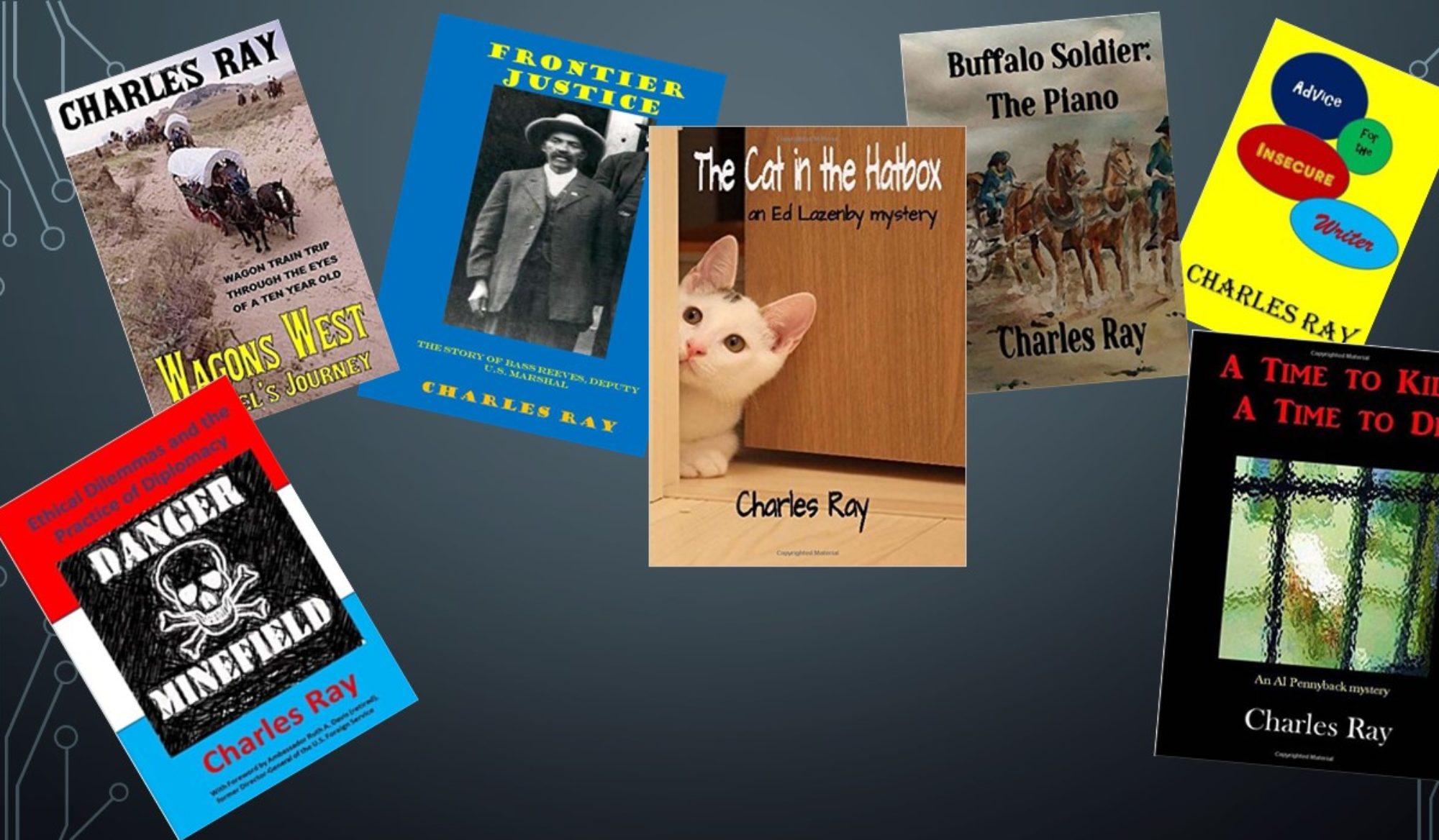Good fiction needs a good plot and needs to be written in an active voice that pulls the reader into the story. But, even more importantly, it needs characters that readers can identify with—and, not always in a positive way. The good guys need to be someone the reader can sympathize with and cheer for, and the villains need to be . . . villainous.
But, just creating the stereotypical hero or villain is not enough. Your good guy has to have faults if he or she is to be believable—not many of us are Mother Theresa—and, even the evilest villain was once a bouncing baby, probably loved by his or her mother.
So, how do you go about creating fully-formed, three dimensional characters that your reader can believe in? You might try what I do – go against type. How do you do this? Allow me to explain.
When I started my Al Pennyback mystery series, I made the character a military veteran who left the army after the death of his wife and son in an auto accident, and became a private investigator in the Washington, DC area. I wanted, however, to create a character who defied commonly accepted stereotypes. In order to do that, I made him a former special operations soldier, skilled in the use of all kinds of weapons, but who, because of an incident during his career, had decided that he would never use a firearm again if he could avoid it. So, now, you have a PI who is former military, an expert in martial arts, who refuses to carry a weapon. He uses his martial arts skills and wits to deal with bad guys. I did this with some trepidation, because in most of the fiction I’ve read, former Green Berets almost always use a weapon at some point in the story. I stuck to my guns, though (pun intended) and made a point of mentioning his dislike for firearms in every story (I saved the back story on why this was the case until the fifth or sixth book in the series).
I knew I’d found a winning formula when a colleague from my military days contacted me by email and informed me that he’d become a fan of my character, despite his opposition to guns because he had so many other good traits, e.g., loyalty to friends, diligence in his work, and his persistence in getting justice for the underdog. When he read the book in which I’d included the back story, he contacted me again to let me know that he now understood my characters aversion to firearms, and it made perfect sense. This particular reader is, I happen to know, an NRA member with strong views on the right to own firearms, and for him to agree with the way I’d created an anti-gun character, was all the validation I needed to know that I’d created a character that readers could get behind.
I do it in other stories as well. I’ve had the angelic looking, good as gold on the outside character who is actually a selfish psychopath, the rough looking, rough talking character who is a closet intellectual with a heart of gold, and so on.
The benefit of going against type is that it gives you characters who are like real people. You have heroes who sometimes do bad things for selfish reasons, and villains who are kind to their parents and like puppies.
So, get started on creating that memorable character for your fiction. You’ll find that your readers will thank you for it.




